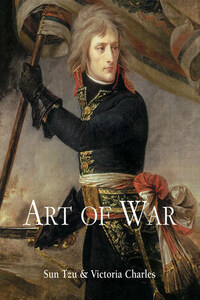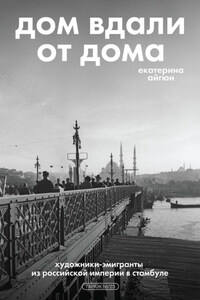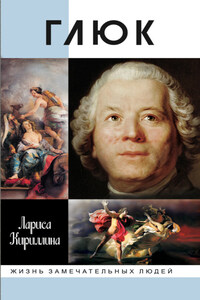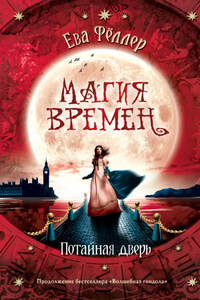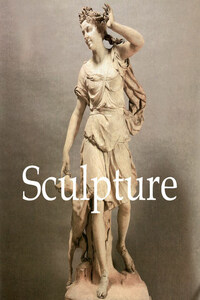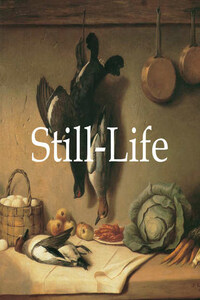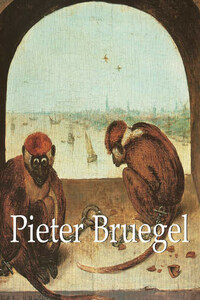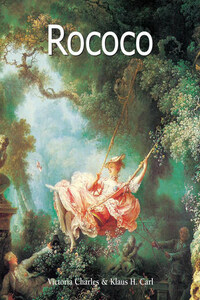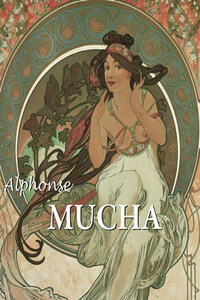![]()
Édouard Detaille, Attack of French Hussars at Gravelotte, 16 August 1870, 1890.
Oil on canvas, 480 × 320 cm.
Musée de l’Armée, Paris.
“The art of war” – the first association people have with this term, has, not surprisingly, nothing to do with art but everything to do with war: the ancient military treatise The Art of War. Generally attributed to Chinese general Sun Tzu (depending on transliteration also Sun Wu or Sunzi), the book was written in feudal China, roughly 400 to 200 years before Christ. On a side note, depending on the scholarly point of view, the writings – which already had garnered a certain reputation by the time of the so-called Warring States Period – were either written by Sun Tzu alone, with minor annotations after his death from other military thinkers, or alternatively modified and co-written by other Chinese military strategists as well. Whichever way, they provide a broad collection of proverbs concerning key aspects of warfare. Infused with Taoist philosophy, the treatise does not only provide pragmatic advice on such things as military spending or marching order, but is first and foremost meant as educative literature for the ambitious leader. Interestingly enough it does not cover all aspects of warfare in precise detail, as a first-time reader might expect. Instead, many of these thematically arranged proverbs are primarily meant to teach the ideal military leader how to develop a keen eye for the intricacies of leading men and analysing circumstances. On occasion Sun Tzu and his co-authors do provide very specific advice on how to act in different situations and how to interpret different warning signs, but the overall purpose remains one of facilitating a way of thought. In short, it concerns itself more with overall strategy, to a minor degree with logistics and the least with tactics. These characteristics are what make the ancient writings even today popular among military officers, businessmen, historians and military hobbyists, who revere the book for its timeless wisdom that remains applicable and even transferable to other domains, such as business, in an age that differs so fundamentally to the era in which the original was written.
The title of this art book has, of course, been chosen intentionally to invoke the Chinese general and his writings. While the primary purpose is to showcase art that has been inspired by war, it is also meant to be a chronology of important and decisive battles in the history of the world. In this context, we want to apply the general’s wisdom to the wars that have been fought throughout the ages, whether the factions involved have acted according to them or whether they have shown an almost criminal neglect of the most basic principles of warfare. Of course, their application is not based on a deep military or historical analysis, but it is rather meant as an inspiration for the reader to delve into the history and circumstances as well as Sun Tzu’s writing him- or herself. Beginning with one of the earliest armed conflicts, the Battle of Kadesh, this book visits battlefields from the ever war-torn landscapes of Europe to the more inconspicuous battlegrounds in the frozen wastes of Finland or the scorching deserts of the Middle East and ends its grand tour with the wars that changed the understanding of war and warfare forever: the World Wars. Every conflict is accompanied by artwork, either contemporary or retrospective, meant to show how the depiction of war changed (or remained the same) throughout the centuries.
Sun Tzu said: The art of war is of vital importance to the State. It is a matter of life and death, a road either to safety or to ruin. Hence it is a subject of inquiry which can on no account be neglected.
To make a list of all the wars, battles or minor armed conflicts that humanity has ever fought throughout its history, would be go beyond the scope of the possible. For one, we can say for certain that not all conflicts have been recorded or handed down in history and not all accounts of those battles that have been committed to the collective memory of mankind, are above scrutiny. One of the most famous truisms expresses this by saying that “history is written by the victor”, which seems to cast a shadow of doubt over those eras of human history that are less well documented. How many minor conflicts have fallen through the cracks of the stage that is history? How many records have been written by historians who were mired too much in their culture and perspective? For the moment, these questions remain unanswerable. What is left, is to trust sources with a claim to relative objectivity. Thus, no book can ever claim to include a full account of the history of warfare. What can be done, however, is to select among the most incisive conflicts that are known to us. This is exactly what this book is trying to accomplish. To give an overview of the battles which have shaped civilisation in general or, sometimes, specific cultures. In choosing which conflicts to represent, not only the scope of the conflict was a decisive criterion, but also other aspects, such as the application of new technology, cunning tactical manoeuvres, tales of individual bravery or political background. For this purpose, the writings of various scholars and authors have been chosen to create a reading experience that includes both contemporary and classic perspectives on the various conflicts.
